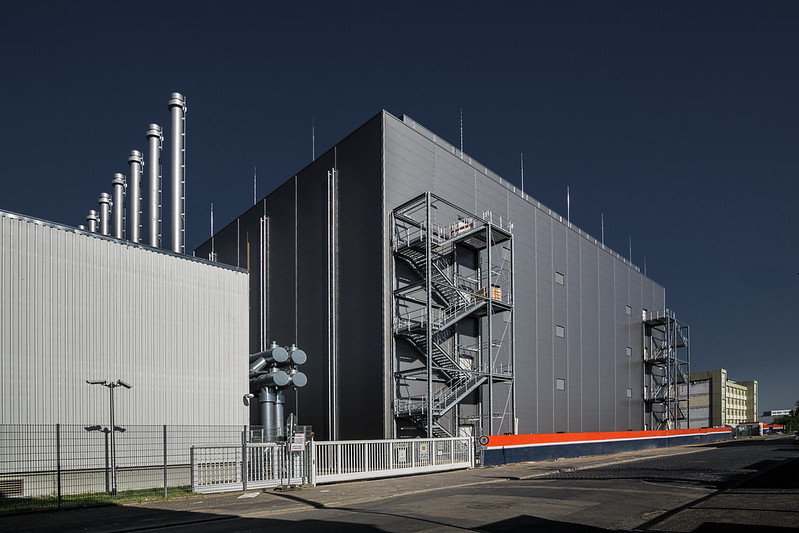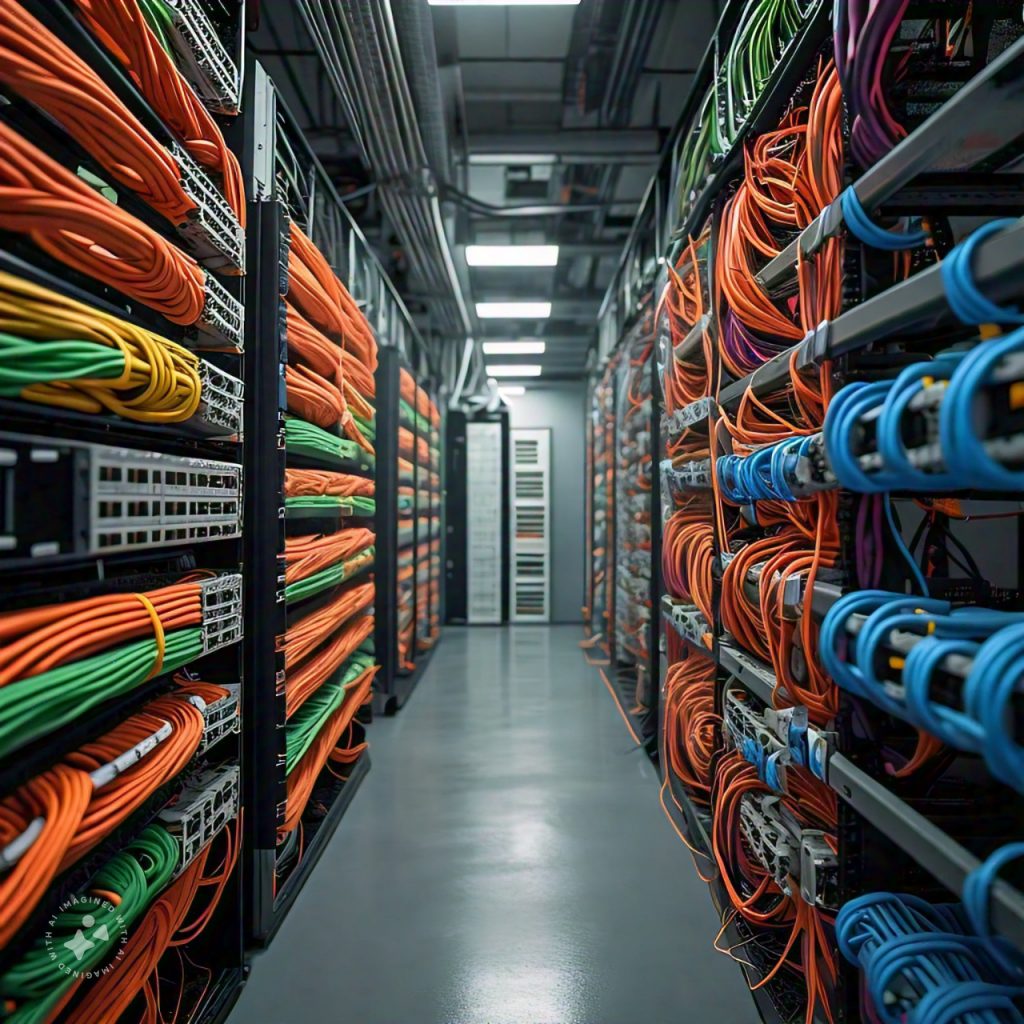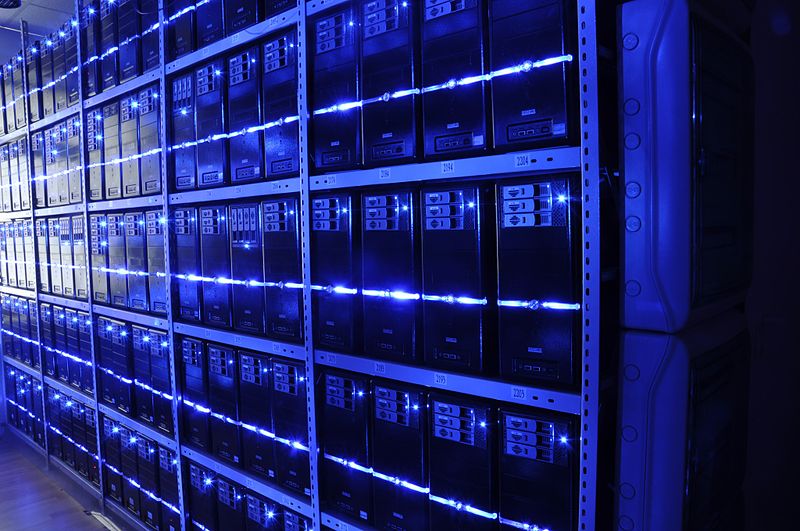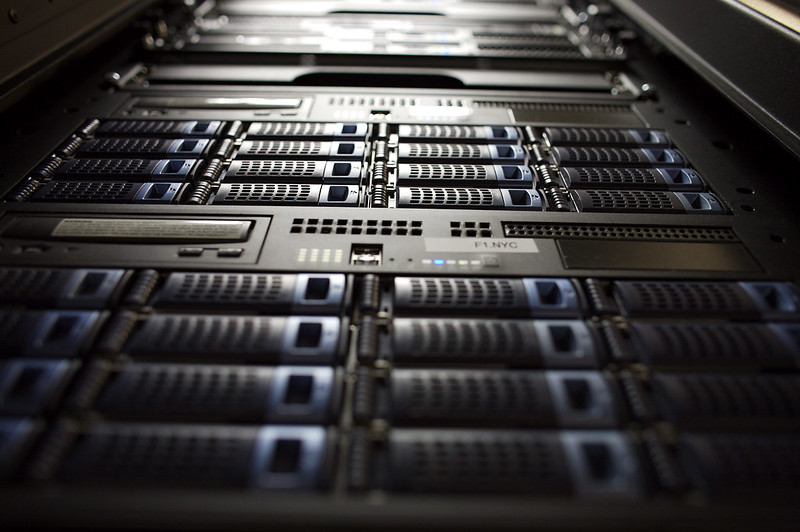Colo, carrier hotels – Colocation data centres go by many names. They are facilities where organizations can rent space, equipment, and bandwidth.
Not just that, but colocation facilities also provide physical security, data centre cooling, power, and more for the networking equipment, storage, and servers of other companies, thus minimizing complexity and costs. They ensure that the equipment and servers are powered well, secure, and connected to high-speed networks.
Many enterprises see hosted infrastructure and in-house data centres as an either-or situation, but it does not have to be that way. Colocation data centres are the third option that splits the difference between the two. Here, organizations lease space from third-party providers, just like cloud-based deployment models. However, unlike the cloud, the network infrastructure and servers are privately owned and operated by the specific companies leasing the space.
Services Offered by Colocation Data Centres
Typically, colocation data centres offer a wide range of services, starting from the infrastructure (the building), the cooling, and the power to bandwidth and even physical security, with the clients providing both servers and storage. What’s more, the space can be leased by the cabinet, rack, cage, or room. Many colocation data centres today are expanding their portfolio to include managed services backing their client’s comprehensive business initiatives.

Kinds of Colocation Facilities
- Wholesale colocation: In this case, a wholesale colo-tenant leases an entirely built data centre space. While the rate is usually cheaper than for retail tenants, the space and power requirements are also lesser.
- Retail colocation: Organizations lease space within a data centre, such as a rack, a space inside a rack, or even a caged-off space within an area.
- Hybrid Cloud: Hybrid cloud-based colocation is a combination of outsourced and on-premises data centre solutions.
Colocation data centres usually follow or are certified by the data centre tier levels of the Uptime Institute.
- Tier 1 & 2: These data centres have a single path for cooling and power, fewer backup or redundant components, and expected uptimes of 99.7%.
- Tier 3: These data centres have multiple paths for cooling and power, as well as systems in place for maintaining and updating it without having to take it offline. Plus, they boast expected uptimes of 99.98%.
- Tier 4: Finally, these are designed to be entirely fault-tolerant, with redundancy in place for each component. That’s why they have expected uptimes of 99.99%

Benefits of a Colocation Data Centre
There are several advantages of deploying IT assets in colocated data centres, especially when compared to doing so in an on-premises one.
- Geographic flexibility: Organizations can choose to house their resources at colocation data centres anywhere. This allows the enterprise to physically site its infrastructure in data centre locations with better internet connectivity and reduced vulnerabilities to natural disasters, or even closer to users, as opposed to the location of its headquarters.
- Reduced costs: Colocation data centres benefit from economies of scale. Since they support data centres of multiple customers within a single facility, it allows retail customers and enterprises to build data centres at lower costs as compared to fully in-house data centres.
- Scalability: Along the lines of reduced costs, colocation data centres offer customers scalability, with room for growth. As enterprises pursue their digital transformation initiatives and growth, their data centre and IT requirements also grow. Compared to that, in-house data centres have limited capacities due to the availability of space and other resources, but colocation data centres.
- Lesser staff: Operating in-house data centres requires a whole bunch of technical staff to configure, deploy, and maintain the numerous components of the data
centre. In colocated data centres, the provider can handle many of these tasks, thus lessening the requirements for in-house technical staff.
Colocation Data Centres vs the Cloud
In both the cloud environments and colocation data centres, the enterprise’s IT assets are housed in the facilities of a third-party provider. This offers improved reliability, scalability, and costs. However, there are some significant differences.
In colocated data centres, enterprises can own and control their physical assets, including network hardware and computers. Under this arrangement, the organization is completely responsible for securing and managing its entire infrastructure stack.

However, in cloud environments, the underlying physical assets are managed by and belong to the cloud providers. So, while the retail customers have access to virtual assets, the breakdown of control and access between the customers and providers depends on the cloud service model deployed (Software-as-a-Service, Infrastructure-as-a-Service, Platform-as-a-Service, etc.). With this model, the customers and cloud providers share responsibility for securing and managing the infrastructure stack.
In the future
Data centres have become the mainstays of today’s internet era. With so much growing demand for space and power, there is no dearth of innovative solutions, including building some of the world’s craziest data centres and even green data centres. However, that’s not enough. There is a growing demand for on-premises, third-party data centres that allow enterprises to reduce or even eliminate costs for managing space, cooling, connectivity, and power.
Furthermore, while colocation is already popular with enterprises looking for reliable and secure data solutions, it is no longer just about housing servers. Rather, colo data centres foster a dynamic environment empowering organizations to operate efficiently and, thus, innovate as well as navigate the ever-evolving digital landscape.
In case you missed:
- Green Data Centres: Future-ready for Sustainable Digital Transformation
- Feeling the Heat: The Evolution of Data Centre Cooling
- Top cloud migration myths
- Everything you need to know about DaaS (Desktop as a Service)
- Enterprise Network Transformation: Benefits and Challenges
- Six ways hosted private cloud adds value to enterprise business
- Edera: An All-Women Startup Revolutionising Cloud And AI Infrastructure Security
- Tackling The Most Critical Cloud Security Vulnerabilities
- Everything you need to know about Digital Asset Management
- Cloud Gaming: A New Era in Gaming









